How to Scrape Ecommerce Website: A Comprehensive Guide
Do you own an ecommerce business and want to overpower your competitors? The key to gaining this competitive edge lies in understanding the market and your competitor’s strategies. That is where learning how to scrape ecommerce websites could be your golden ticket to success.
In this guide, we explore the two major web scraping techniques and briefly discuss how to scrape ecommerce websites using both methods. And don’t worry if coding isn’t within your skillset, as one of these methods needs zero coding skills.
So keep reading to uncover the web scraping techniques and give your business a boost.
Is Web Scraping Profitable?
In the digital era, web scraping has become incredibly popular among businesses. By extracting vital data such as product prices, descriptions, and customer reviews, businesses gain critical insights into market trends, competitor strategies, and customer preferences.
This info enables them to stay ahead of the competition by making smart decisions. Whether for pricing strategies, product development, or market analysis, the data obtained through web scraping can be a goldmine for businesses. So it’s a no-brainer that web scraping helps businesses maximize their profits.
Web Scraping Techniques
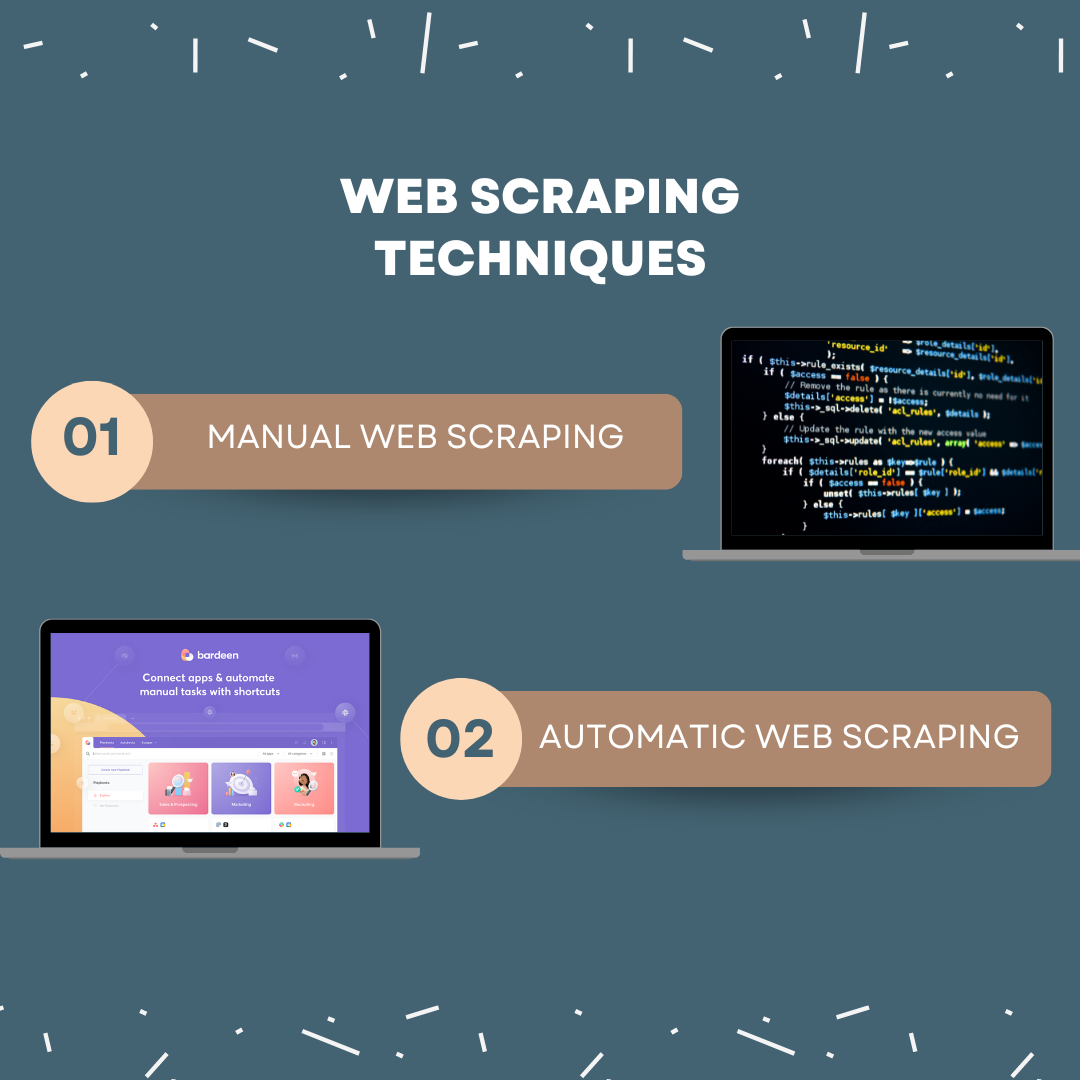
Before diving into a comprehensive guide about how to scrape ecommerce websites, let’s start with a quick look at web scraping techniques.
Web scraping can be done in different ways, using various tools and techniques, such as programming languages, frameworks, libraries, databases, and editors. However, Web scraping falls into two main categories: manual web scraping and automated web scraping.
Manual web scraping is the technique of scraping web pages using a programming language, such as Python, which requires coding skills and knowledge. On the other hand, automated web scraping is the technique of scraping web pages using a software tool, such as Bardeen, which does not require coding skills and knowledge.
Let’s explore these two web scraping techniques in a little more detail.
Manual Web Scraping (Uses programming language like Python)
As mentioned earlier, manual web scraping involves writing code to extract data from websites. This technique typically involves using a programming language like Python, which is popular for its powerful libraries, such as BeautifulSoup and Scrapy. These libraries help in parsing and navigating the structure of web pages.
Manual web scraping provides a high level of customization and control over the data extraction process. It allows for precise targeting of data and the ability to handle complex web structures or data formats. However, it requires programming skills and a good understanding of web technologies.
Automated Web Scraping (Uses a tool to scrape the web)
Automated web scraping is especially helpful for users without a programming background, as it provides a simplified way to scrape an entire website. It involves the use of specialized software designed to navigate and scrape data from websites based on predefined parameters.
Automated web scraping is particularly useful for tasks like scraping data from e-commerce websites or collecting information across multiple web pages. It simplifies the process of data extraction, making it accessible to a wider audience who may need to scrape e-commerce websites but lack the technical skills for manual scraping.
While automated web scraping is convenient, fast, and simple, it may not offer the same level of control and customization as manual web scraping.
Scrape Ecommerce Website Manually
Now that you are familiar with web scraping techniques, let’s take a step further and show you how to scrape ecommerce websites. For this guide, we will be using Python.
Step#1: Install Python
First things first, install Python. It’s better to do it from its official website. The latest version of Python is 3.12.1 as of December 2023, but you can download older versions too.
Step#2: Install Required Libraries
To scrape ecommerce websites, libraries like BeautifulSoup or Scrapy is ideal. BeautifulSoup is great for simple tasks and small-scale scraping, while Scrapy is more suitable for large-scale and complex scraping operations.
In this tutorial, we’re using BeautifulSoup. We will also be using the requests library that will fetch the data from the given URL. Once the data is fetched, we will use the BeautifulSoup library to parse the data and extract our desired information from it.
Open the command prompt and simply write
Pandas is a data manipulation Python library offering a data structure known as a DataFrame. We will need it to export the collected data into CSV file format.
Step#3: Importing Libraries
Now that the libraries are available, it’s time to get to coding. Open your code editor and import the libraries we just installed.
Step#4: Identifying the Target Website
Determine which ecommerce site is hosting your required data. The required data could be text, images, links, or any specific information embedded in the webpage. To demonstrate, we will extract product data from the iPhone 14 category page of an ecommerce refurbished phone seller’s site.

Step #5: Request Content Retrieval
Now, we’ll send a request to the hosting server to access the contents of this page.
The output of the requests.get() will be stored in the variable url.
Now, we will parse the url variable to get the target data.
url.text extracts the HTML content of the webpage as a string. lxml specifies the parser that BeautifulSoup should use to parse the HTML. lxml is a very efficient and fast parsing library for Python.
Step#6: Inspect The Webpage for Required Elements
Let’s find out the tags our required lies in. Just right-click anywhere on the page and select inspect.

As you can see, the details of the phone are inside a <div> tag with a class pros-cont-wrap detail-prodt. The image, title, and old and new prices are also visible.
Step#7: Start Scraping the Details
Let’s say we want the titles and old and new prices of the phones on the page. We can simply create a for loop and get the data of all the phones.
Scrape Ecommerce Website Automatically
Don’t have coding skills to try the manual method? No worries! We’ll show you how to scrape e-commerce website efficiently with automated web scraping tools. These tools are designed for ease of use and are ideal for those who aren't familiar with programming. With automated scraping, you simply choose the data you want to extract, and the tool does the rest for you.
Let's see how it's done in more detail.
Step#1: Pick A Scraping Tool
Choose a reputable no-code tool like Bardeen or Octoparse based on your scraping needs. Badreen typically works as a browser extension, so get it on board your web browser.
Step#2: Setting Up The Tool
Install the free Bardeen’s Chrome extension from here and configure the tool according to your requirements. Badreen has a pre-built scraper model. Either use that or make your own.
Step#3: Start Scraping Data From Target Sites
Simply open the target webpage on your browser and click on the Bardeen extension icon in your browser to open it. Badreen offers the following two extraction options, choose the one you need.

Now select the specific data you wish to scrape. This could be product names, prices, descriptions, images, etc. You usually do this by clicking on the data elements on the webpage, and Bardeen will recognize and mark these for scraping.
Step#4: Running The Scraping Process:
Execute the scraping action. Bardeen will collect the data from the website based on your specifications.
Step#5: Exporting The Data:
After extraction is done, Badreen lets you view the data in Google Sheets or download it as CSV or other file formats.
Use AdsPower for Safe and Secure Web Scraping
Both automated and manual web scrapers face the risk of being blocked by websites that use anti-scraping measures. Both these methods need an added layer of protection to portray their activities as human behavior, not robotic. This is where AdsPower jumps in, especially when considering how to scrape e-commerce websites.
AdsPower browser ensures a seamless web scraping experience by effectively dodging anti-scraping challenges. So, whether you're engaged in manual web scraping or using automated tools, AdsPower enhances your ability to scrape entire websites without detection. Its scalability and multi-profile features also accelerate the data extraction process.
Let’s get Web Scraping!
Learning how to scrape ecommerce websites can revolutionize your business. If you have some programming know-how or the budget to hire a web scraping specialist, then you can bear the fruits of manual web scraping techniques and go to any limit.
But if coding isn’t your piece of cake, then automated Web Scraping tools are there to ease the process and scrape any website for you. Now that you have learned both methods in our guide, you're set to take your ecommerce business to new heights.

다른 사람이 읽은 항목
- AdsPower RPA Plus 출시: 자동화 구축, 실행 및 확장을 위한 더욱 스마트한 방법
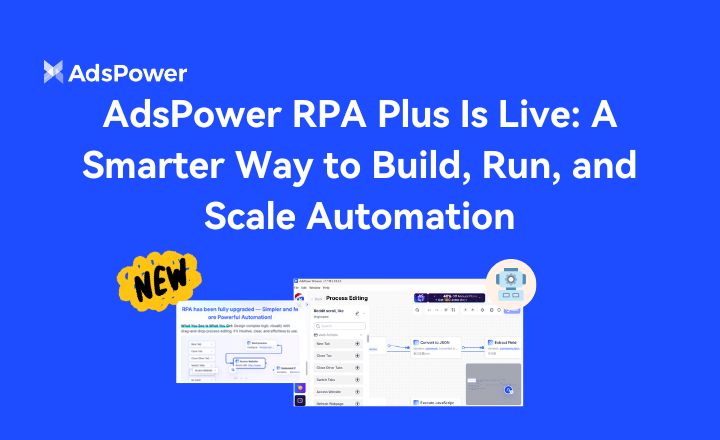
AdsPower RPA Plus 출시: 자동화 구축, 실행 및 확장을 위한 더욱 스마트한 방법
AdsPower는 자동화 팀을 위해 작업 관리, 향상된 디버깅, 재사용 가능한 워크플로 및 더욱 명확한 실행 기록을 제공하는 RPA Plus를 출시했습니다.
- 2026년의 브라우저 종류: 인기 웹 브라우저 및 고급 브라우저 유형
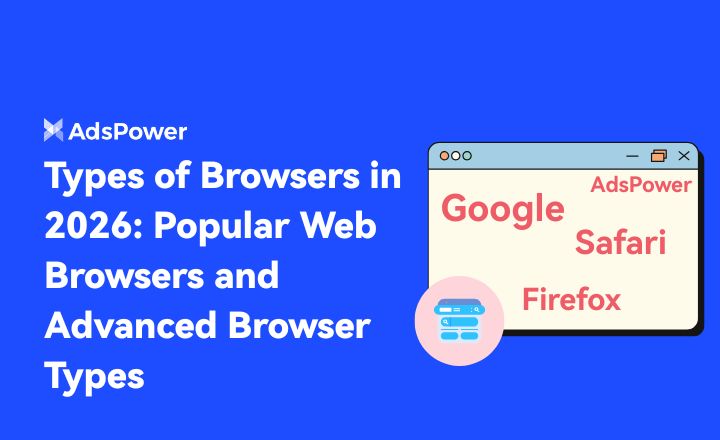
2026년의 브라우저 종류: 인기 웹 브라우저 및 고급 브라우저 유형
2026년에는 인기 웹 브라우저부터 개인 정보 보호 및 탐지 방지 브라우저까지 다양한 유형의 브라우저가 존재합니다. 브라우저의 종류를 알아보고 자신에게 맞는 브라우저를 선택하세요.
- TamilMV 차단을 안전하게 해제하고 온라인으로 타밀 영화를 시청하는 방법 (2026년 가이드)
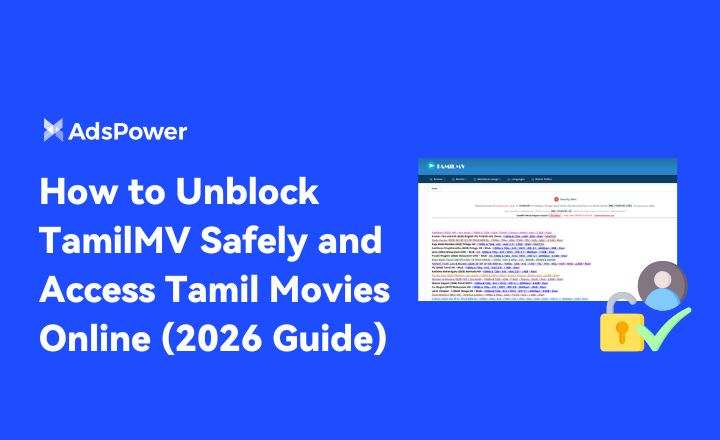
TamilMV 차단을 안전하게 해제하고 온라인으로 타밀 영화를 시청하는 방법 (2026년 가이드)
2026년에 안전하게 TamilMV를 차단 해제하는 방법, 타밀 영화 MV에 액세스하는 방법, 안전하고 안정적인 온라인 액세스를 위한 프록시, VPN 및 안티탐지 브라우저를 비교하는 방법을 알아보세요.
- 2026년에 레딧 동영상을 다운로드하는 방법: MP4, GIF, 이미지 간편하게 다운로드하기
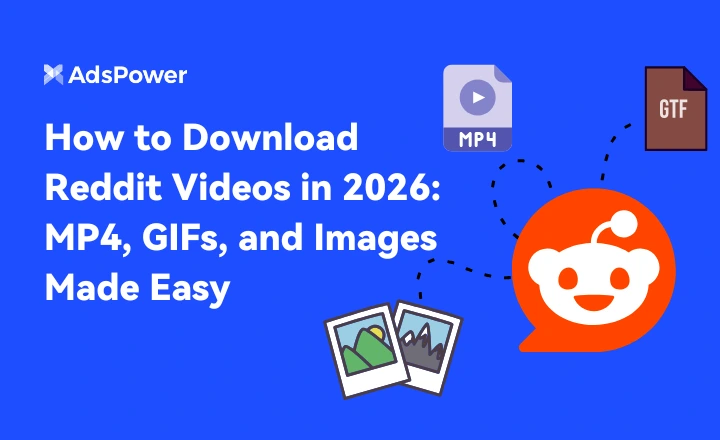
2026년에 레딧 동영상을 다운로드하는 방법: MP4, GIF, 이미지 간편하게 다운로드하기
2026년에 레딧 동영상, GIF, 이미지를 쉽고 안전하게 다운로드하는 방법을 알아보세요. 단계별 방법, 문제 해결 팁, 모범 사례 등이 포함되어 있습니다.
- 2026년에 트위치로 돈을 버는 방법은 무엇일까요? (완벽 가이드)

2026년에 트위치로 돈을 버는 방법은 무엇일까요? (완벽 가이드)
2026년에 트위치에서 수익을 창출하는 방법을 알아보세요. 최신 수익 창출 방법, 시청자 팁, 수익 전략, 그리고 초보자와 스트리머 모두에게 도움이 되는 도구들을 소개합니다.


